Do Hamsters Eat Their Babies?
Yes, hamsters may eat their babies in rare cases—usually due to stress, lack of food, or when a baby dies or carries a strange scent.
Key Points:
- This behavior is instinctive, not cruelty.
- Stress, handling babies too early, or overcrowding increase the risk.
- Mothers may remove dead pups to keep the nest clean.
- Proper nutrition, space, and privacy prevent this.
- Fathers should be separated to avoid aggression.
With their charming spherical bodies and twitchy noses, Hamsters have long won over the hearts of animal lovers everywhere. These cute little creatures, frequently seen scuttling around in their wheels or stuffing their cheeks with goodies, make numerous homes happier and more companionable.
However, despite the joy of having these animal companions as pets, One of the most frequently asked inquiries deals with a delicate subject: “Do hamsters eat their babies whole?”
The short answer is yes, still this mysterious question deserves more investigation. Misunderstandings and queries occasionally arise, especially concerning their conduct.
Our goal is to solve the puzzle of this unsettling event by identifying underlying reasons and behavioral tendencies. In this blog, we will explore the fascinating behavior of hamsters, sorting facts from myth to illuminate this mysterious facet of their nature.
Reproductive Cycle Of Hamsters
The intriguing and sometimes intricate breeding cycle of hamsters varies slightly among species. Female hamsters usually reach their sexual maturity between four and six weeks.
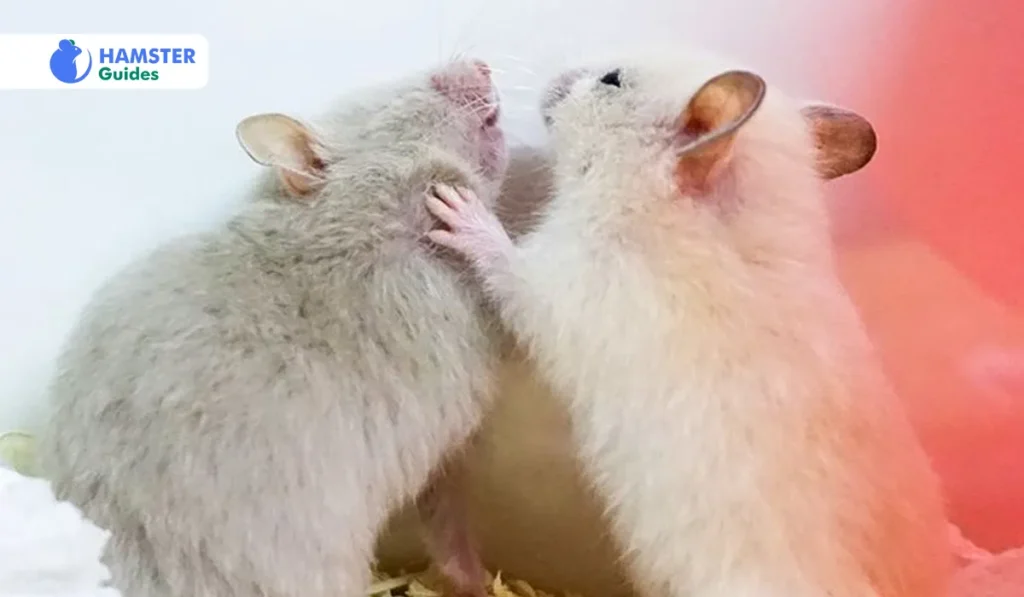
When fully grown, they can undergo a typical hormonal cycle every four to five days. This entire process consists of intervals between when the animal is receptive to breeding and when it is not.
Understanding their pet’s typical habits and exercising strict monitoring is necessary for pet owners to identify pregnancy in hamsters. Among the symptoms that could point to pregnancy are increasing weight, variation in appetite, seeing nipples, and nesting ability.
Additional Information: After birth, newborns are unable to walk, listen, or see. Even though it sounds wild, these same newborns will reach sexual maturity in four weeks.
Do Hamsters Eat Their Babies Whole?
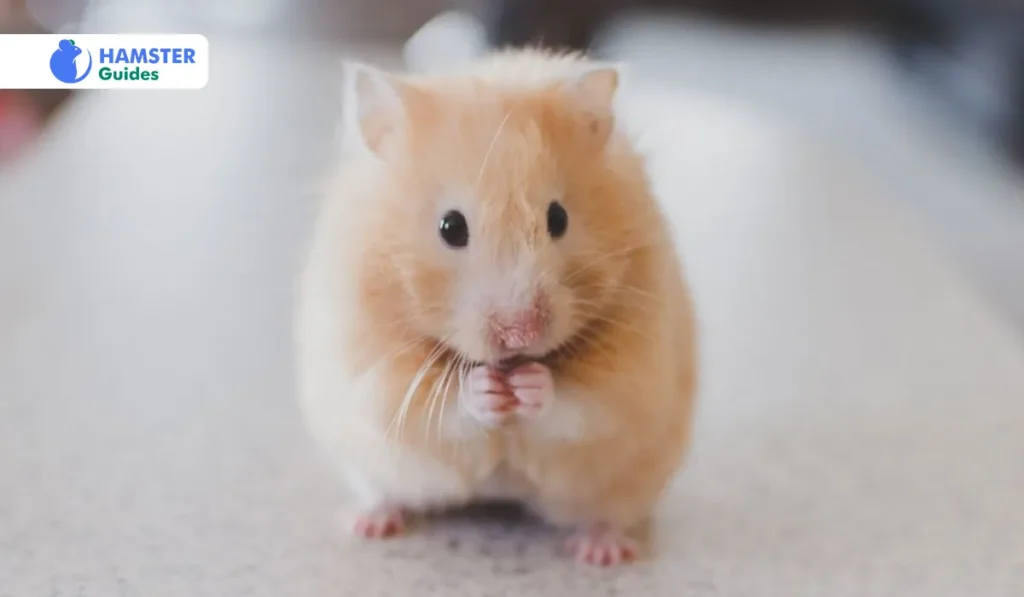
The shortest answer to this question is, again, yes. With our more profound knowledge of hamster pregnancy and delivery, let us examine whether hamsters consume their young. It is a horrifying idea, and seeing it in action is much more unsettling. Still, hamster owners have to deal with it.
The Primary Cause: Stress
Stress might significantly affect hamster’s conduct because, like many other animals, they are sensitive to their surroundings. High-stress environments, such as those brought on by noises, abrupt interruptions, or cramped living quarters, can cause hamsters to behave strangely, even to the point of eating their young.
Stress-related symptoms consumption frequently occurs as a result of the hamster’s increased anxiety and incapacity to handle the sensation or apparent threat. To feel less stressed or in control of their life, the hamster may take extreme steps such as eating their young.
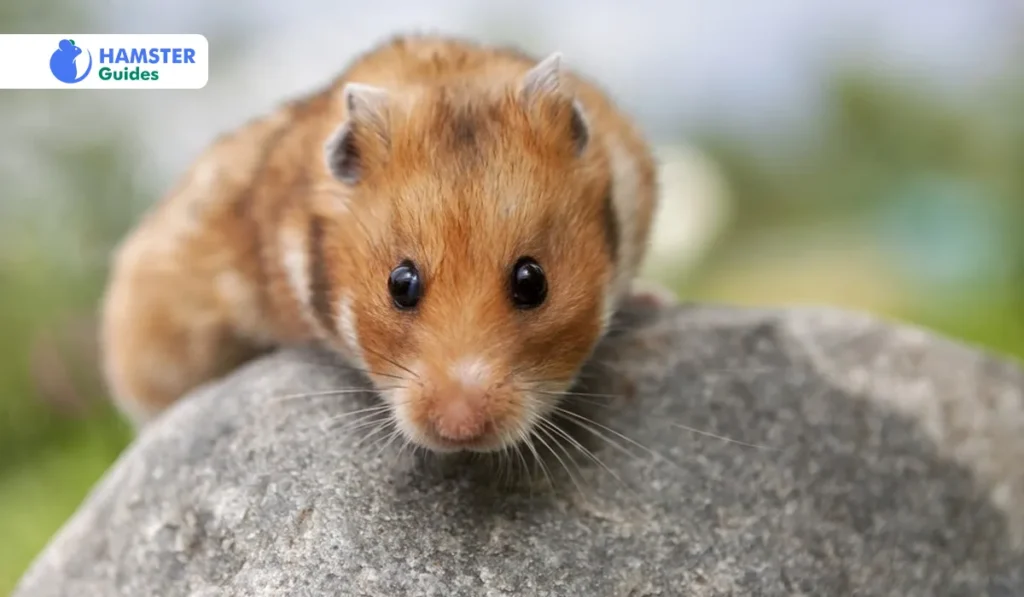
Stress in rodents can stem from various factors, most related to their surroundings and diet. Stress stems from the cramped, unclean, and deficient food and water in their cages.
Stress can result from a lack of exercise in hamsters. If you don’t have a hamster wheel, purchase one for your cute little rodents. It also helps keep your hamster stress-free and occupied.
Top Tip: When labor begins, avoid going near her as soon as the babies are delivered. Although she is in her cage, do not talk to her, engage with her, or prod her.
Volume Of Litter
Well, few female hamsters can have up to fifteen to twenty kids!
Most hamsters only have 12 nipples, which is a lot of mouths to feed. When a female hamster feels overpowered by the quantity of her litter, she might end up cannibalizing some of her pups to make way for the health of the remaining ones.
Pet hamsters consume their children when needed, as they live in a different world than wild hamsters. Most ask, “Do hamsters eat their babies in the wild?” The answer is yes; for some reason, like stress, they eat their babies.
Reaction To Dead Offsprings
In the wild, female hamsters eat their dead young to clear the nest of any possible contaminants or sources of illness. Necrophagy, as the phenomenon is called, helps keep the hamster’s living area clean and lower the danger of infection.
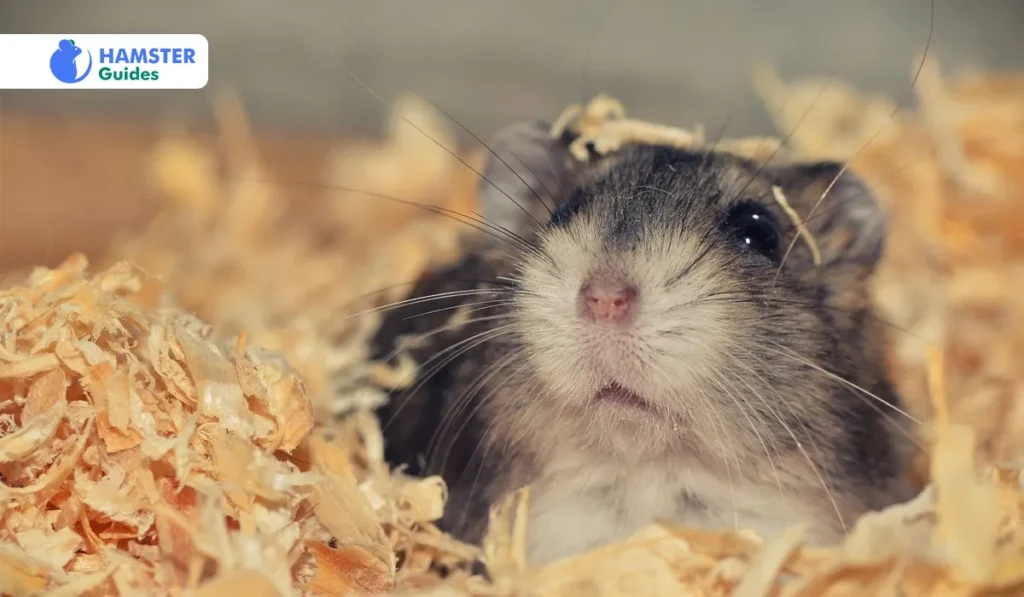
When a baby dies in captivity, hamsters may react similarly, especially if the reason for death is unclear or if the mother views the dead youngster as a possible threat to the survival of the rest of the litter. Although this conduct might be upsetting for pet owners to observe, it is frequently motivated by the hamster’s innate need to protect the health and welfare of its remaining young.
Pet owners must remove the dead baby hamster from the nest as soon as possible to reduce the possibility of consumption in reaction to the deceased infants. They must also ensure that the cage is thoroughly cleaned and disinfected to preserve the highest level of hygiene.
Accidentally Kill Their Child
New mothers are particularly susceptible to killing their offspring by accident. It is common knowledge that nursing mothers suffocate their young. Mothers may also accidently do this When they carry their children in their cheeks.
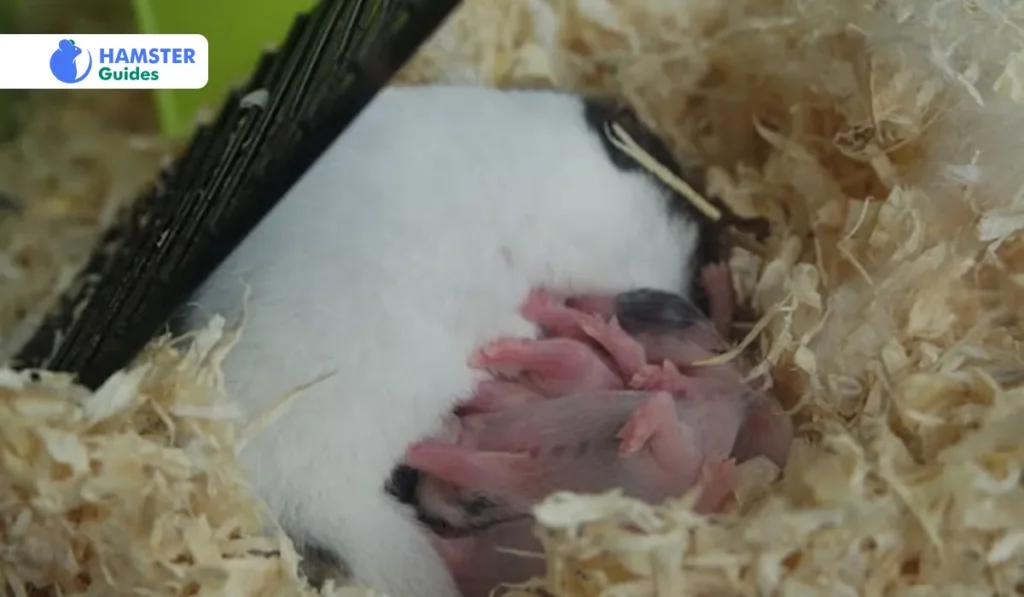
Mother hamster might eat the baby hamster’s corpse to clear the carcass if she unintentionally kills one of her babies.
Hunger
Hamsters may occasionally be forced to eat other things, especially when starving or with insufficient nourishment. The answer to this query, “Do hamsters eat their young?” is when a hamster does not have enough food or vital nutrients, it may become more concerned with surviving than with the well-being of its young and resort to cannibalism to survive.
Furthermore, hormonal changes brought on by pregnancy and nursing may raise the female hamster’s energy requirements, which could increase the danger of nutritional inadequacies if sufficient dietary resources are not offered. Ensure your cute rodents have enough nutritional diets to meet their dietary demands and prevent hunger.
Odd Smell From Baby
In the world of animals, aroma is essential. A female hamster can detect the scent of her young, and if one of them does not smell well, she may reject and devour it. The answer to this suspicious question, “Do hamsters eat their babies if humans touch them?” is yes.
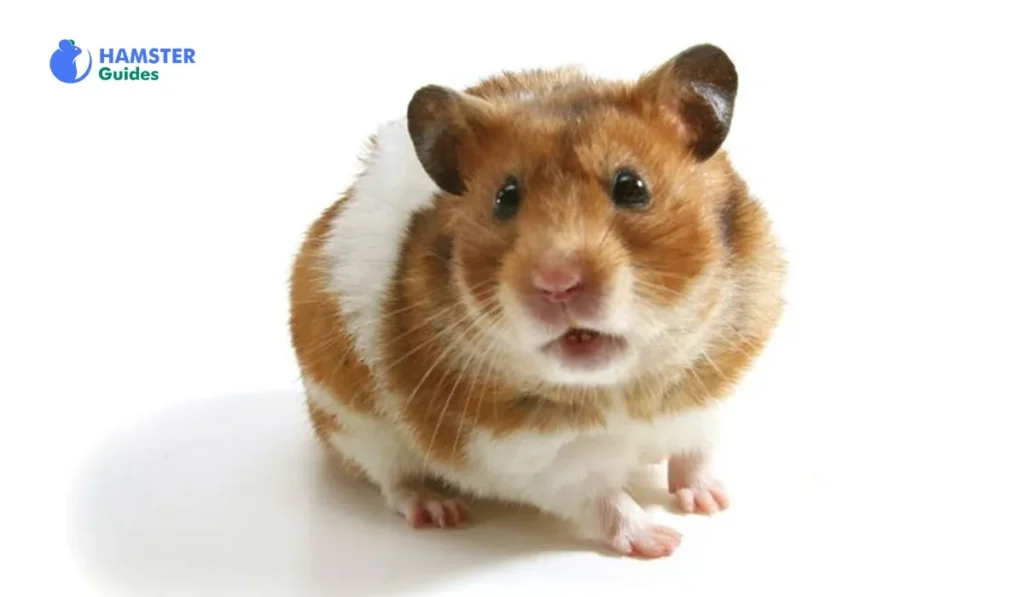
You could affect the babies’ fragrance and turn the mother hamster off. So, as a result, the mother hamster eats her baby.
It is dangerous to handle babies before they are three weeks old. It could harm the entire litter in addition to just one infant.
Father Hamsters And Their Babies
“Do father hamsters eat their babies?” let’s find out. Under particular situations or in a few specific species, male hamsters may be territorially aggressive toward new babies because they see them as possible competitors for food or partners.
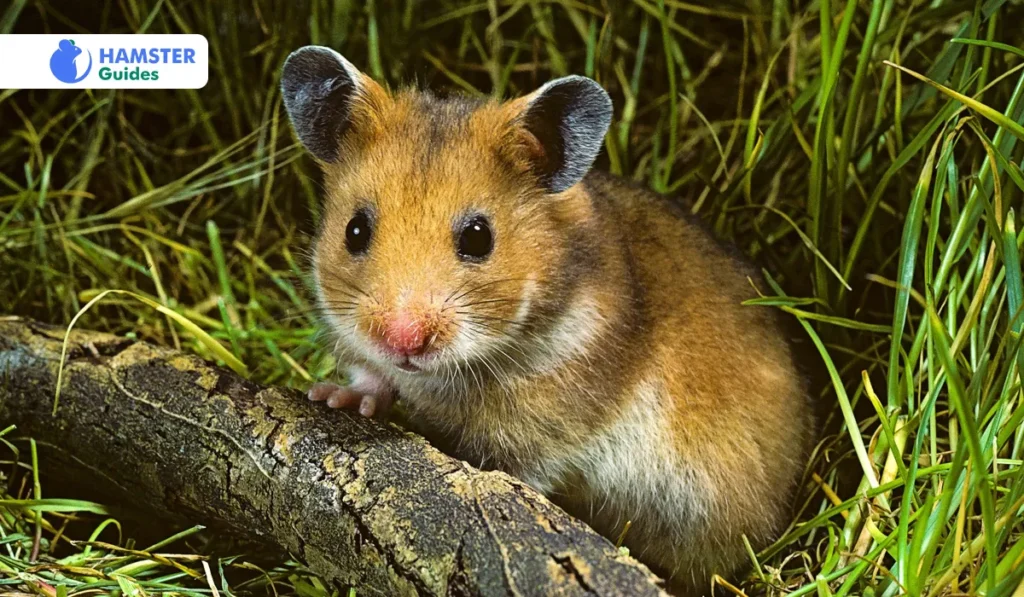
The father hamster could interpret the appearance of young offspring as challenging his territory or authority, which could result in aggressive behavior —including cannibalism— to establish dominance and drive out any perceived rivals. It is best to keep male hamsters apart from one another in breeding couples to avoid territorial aggressiveness and cannibalism.
New Mother
A mom might devour her children if she feels overburdened. Not all new mothers possess maternal instincts. Some mother hamsters may just be overwhelmed by everything that is going on, confused about, and end up eating their kids.
Fun Fact: Hamsters are naturally adept at solving problems and can navigate a maze. You can train your hamster to respond to your name by repeatedly saying it. Quite Adorable!
Role Of A Mother Hamster
An innate feature of hamster behavior is motherhood. After giving birth, the female takes on the caretaker job with incredible commitment. Mother hamsters are renowned for giving their young careful attention and providing warmth and sustenance.
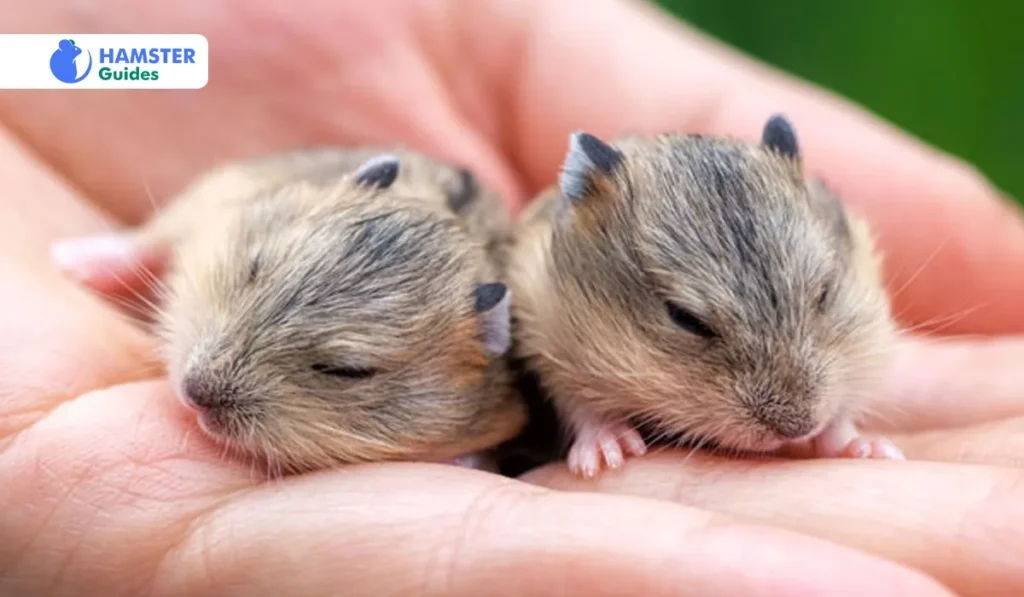
A mommy hamster gradually helps them transition from milk to solids by introducing nutritious foods. She guards her brood ferociously against threats, remaining watchful and careful the entire way.
Moreover, Motherhood is an essential and inherent role for hamsters, who exhibit steadfast love, tenderness, and protective instincts. Pet owners must honor and encourage this mother attachment by creating a secure and relaxing environment for both.
How Do We Stop Hamsters From Eating Their Babies?
For multiple reasons, hamsters eat their young; however, it is crucial to keep the mother hamster and her young healthy by keeping them from devouring their young.
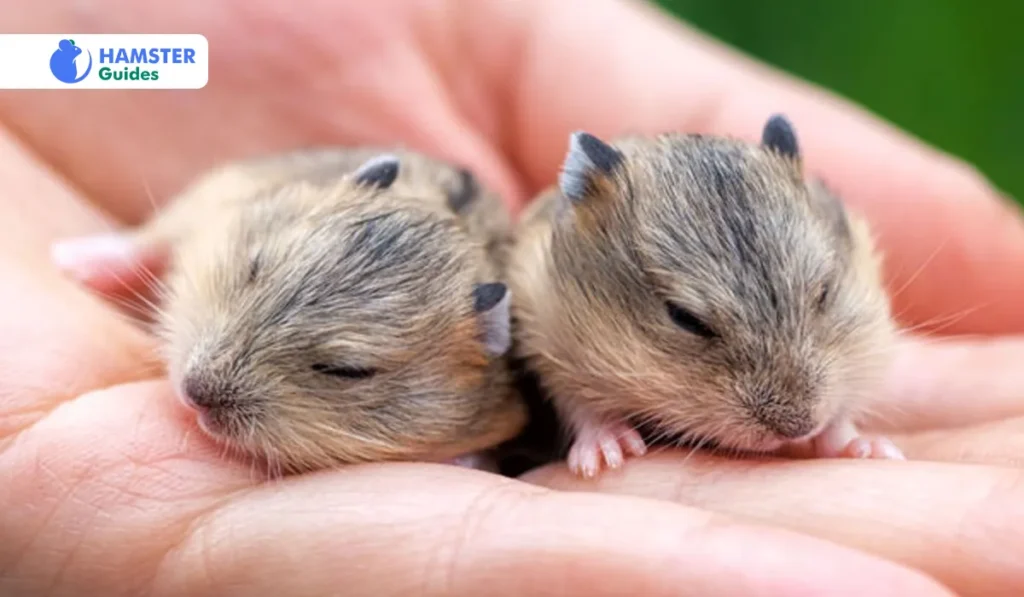
As a pet owner, you can minimize the danger of cannibalism and foster a secure and caring environment for your hamster family by taking preventative measures and fostering supportive conditions. Here, we will see a few essential steps you can take to reduce the risk of eating hamsters by mommy hamsters.
Remain Calm For Her
Stress is a crucial factor in why hamsters eat their young. A young hamster may exhibit this conduct simply from being demanded to go through labor and pregnancy, but you risk aggravating her further.
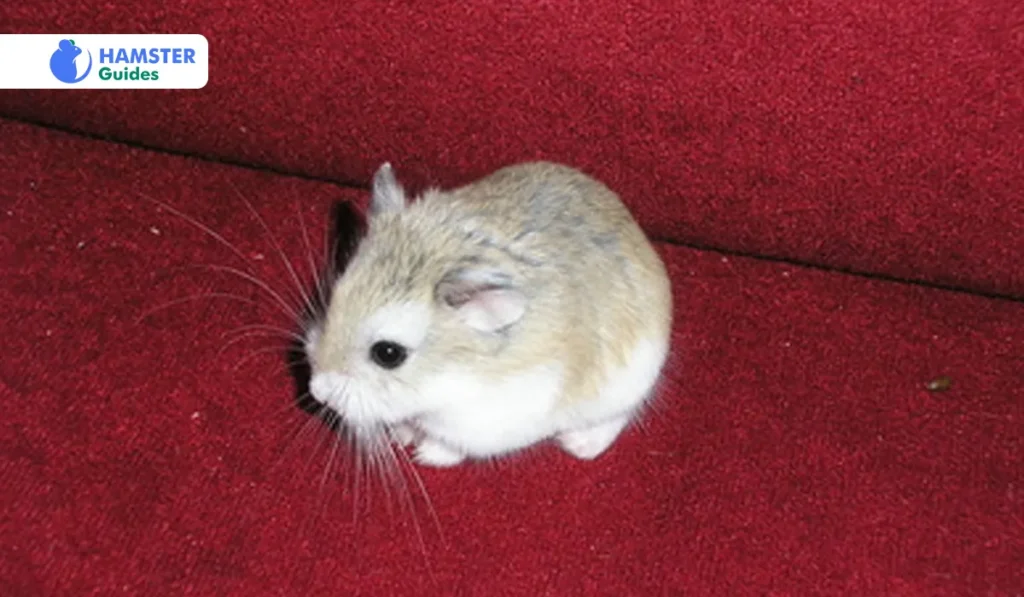
As soon as you discover that the mother is expecting and you know her due date is a few weeks away, begin giving her more food than usual. Additionally, you should provide her with extra bedding and nesting materials.
You will note that she will become more reserved and hide away as her due date approaches, waiting for labor to begin. It is advisable to give her some space at this time. Don’t enter or exit the room.
Nutritional Diet
Proper nourishment is essential for the physical and mental health of the mother hamster and her young. The mother’s dietary requirements rise dramatically throughout pregnancy and nursing because she requires more energy and nutrients to maintain her developing litter.
To guarantee that the mother gets all the nutrients she needs for optimum health and output of milk, you should give her a well-balanced diet that includes premium pellets, fresh veggies, and indications of inadequate nutrition and take immediate action; it can be helpful to check the physical state and food intake regularly.
Give Her Room
Ensure there is enough room for your hamster. A mommy hamster needs a cage at least 24 by 12 inches and roughly 12 inches tall. It is better to keep your hamster apart well before she gives birth if you have multiple. If you move her to a new cage, ensure it has old bedding and nesting material so she can get used to her new surroundings.
Related Resource: Can Hamsters Eat Peppers?
Eject Other Hamsters Out Of The Cage
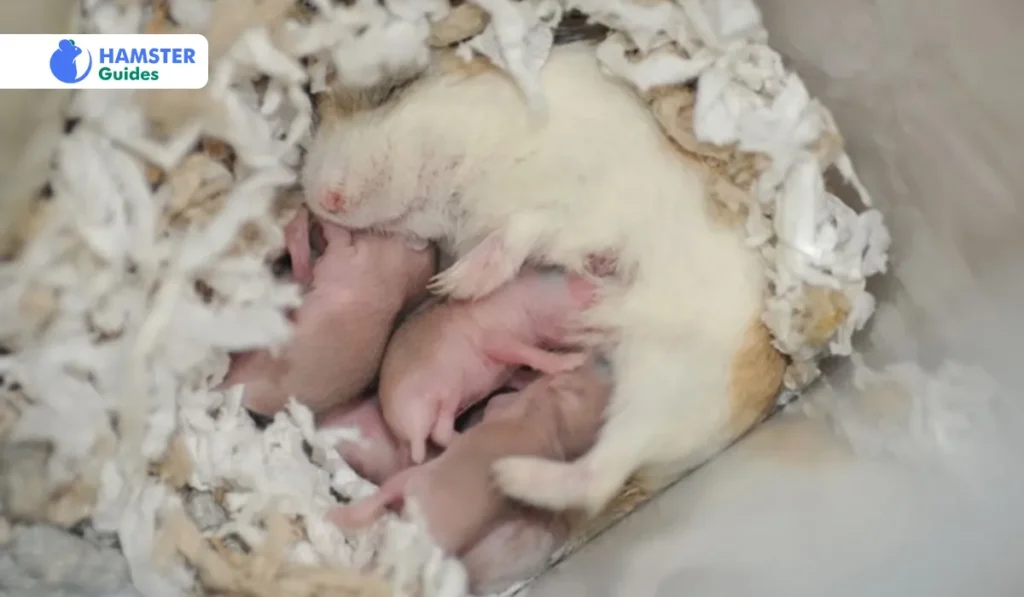
It is best for categorizing breeding pairs after pairing to lessen the likelihood of conflicts over territory and violence, particularly in young hamsters. This isolation reduces the possibility of envious conduct by preventing disputes between parents and children.
Feeding Your Hamster
Laboring rodents requires protein. Bring protein for the soon-to-be mother, like fully stewed chicken or egg whites. However, don’t feed her in bed; it can trick her into thinking that her babies are food.
Give Her Babies Some Space
Though hamster babies are incredibly adorable and cuddly, they should not be handled until wholly weaned! A female hamster can identify her young. However, you can interfere with this natural process if you hold them beforehand have been weaned.
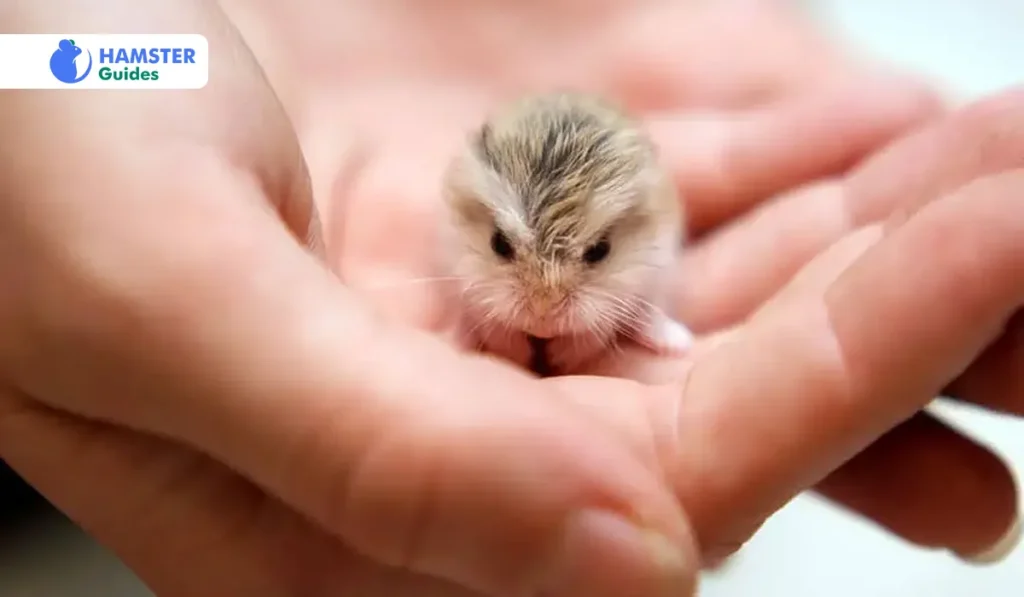
After three to four weeks, a young hamster can be taken from its mother. Anything younger, meanwhile, can expose the infant to rejection or consumption. When a baby hamster’s mother pulls it away from the nursing area, it is considered weaned. Since the babies will also be eating adult food, ensure that you give Mom extra food during this delicate period.
Dad Hamster Must Go
You are endangering the babies when you keep mom and dad in the same cage. In an attempt to get their mother’s attention, fathers frequently bite or injure their infants. Fathers of hamsters do not care; that much is clear.
Reduce Contact With Mothers
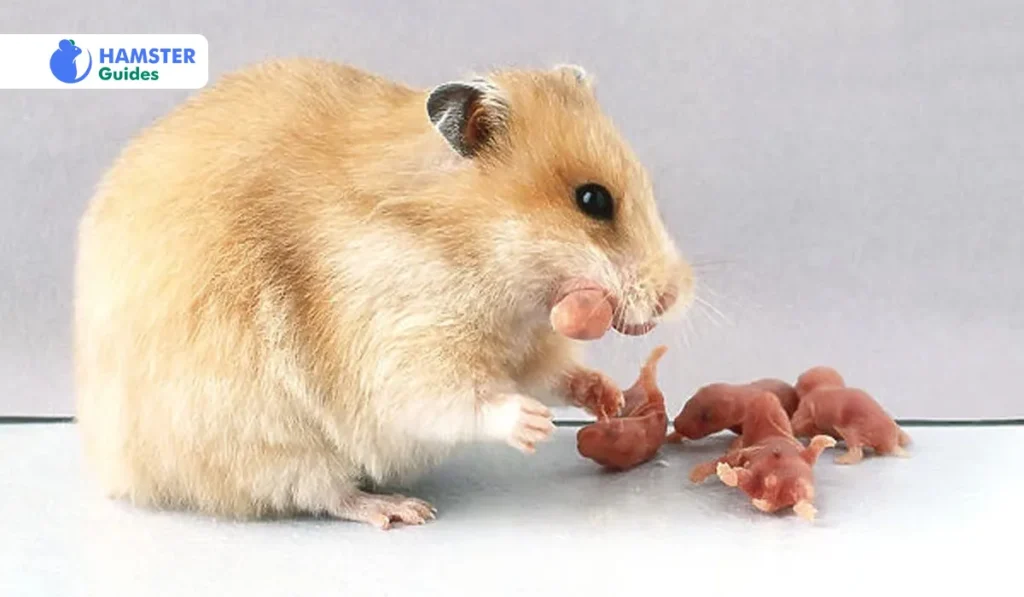
During the crucial period of pregnancy and birth, minimize your contact with the mother hamster. This can cause stress in the hamster and disturb her hormonal balance, which leads to cannibalism. Pet owners can create a peaceful, supportive atmosphere favorable to effective maternal care by honoring the mother’s need for seclusion and limiting disruptions.
| Component | Winter White Hamster | Roborovski Hamster | Syrian Hamster |
| Social Conduct | Social | Social | Alone |
| Minimum Size Of Cage | 45*25 cm | 30*20 cm | 60*30 cm |
| Dealing With Them | Gently deal with them; keep an eye out for signs of stress. | Calmly deal with them. Also, if there’s any sign of stress. | Keep calm when handling your hamster. |
| Minimum Size Of Exercise Wheel | 16.5 cm | 11.5 | 20 cm |
| Diet | Winter white dwarf hamster’s diet consists of fresh veggies and occasionally sweets. | Roborovski hamsters need pallets with smaller sizes. | Syrian hamsters need a well-balanced diet of fresh veggies, treats, and pellets. |
| Maximum Age Of Hamsters | Lifespan of 1.5 to two years. | Maximum age 3 to 3.5 years. | Their maximum age is 2 to 3 years. |
Tips For The Wellbeing Of Your Hamster
Related Post: Are Hamsters Nocturnal?
The Final Words
Hamster mothers rarely eat their babies without cause. This behavior is instinctual, often rooted in stress or survival. With proper nutrition, minimal handling, and a peaceful environment, you can nearly eliminate this risk and keep your hamster family safe.
There are various reasons hamsters consume their young; it all comes from their biological instinct. Generally speaking, a hamster will only consume a baby if it has perished to organize the cage, but fear, stress, or even confusion can lead a hamster to devour its young. Therefore, it is essential to provide the mother hamster with plenty of food and room to roam after conception, remain mindful not to touch the babies, and eliminate other hamsters from the same cage to protect the young hamsters.









Leave a Reply